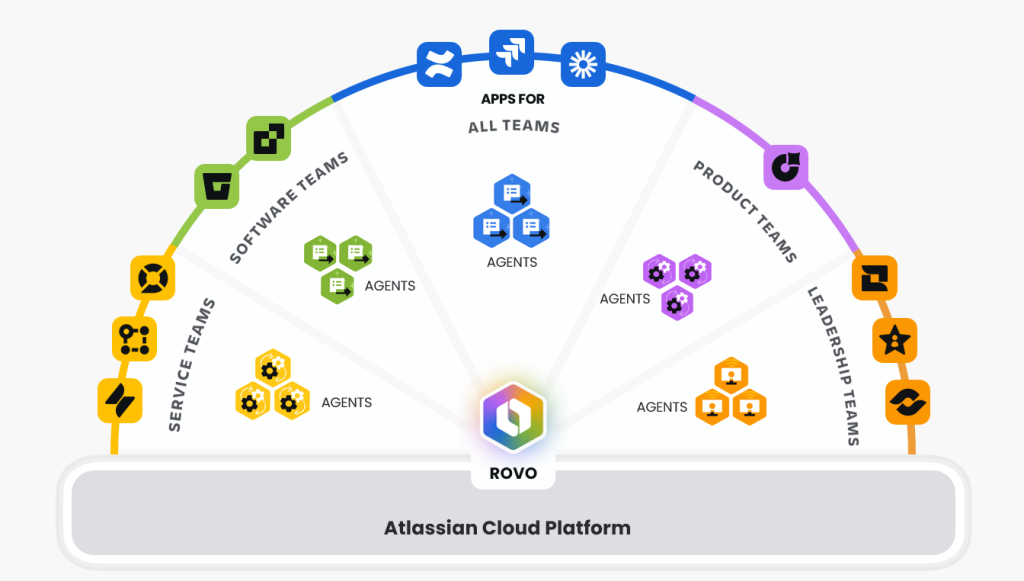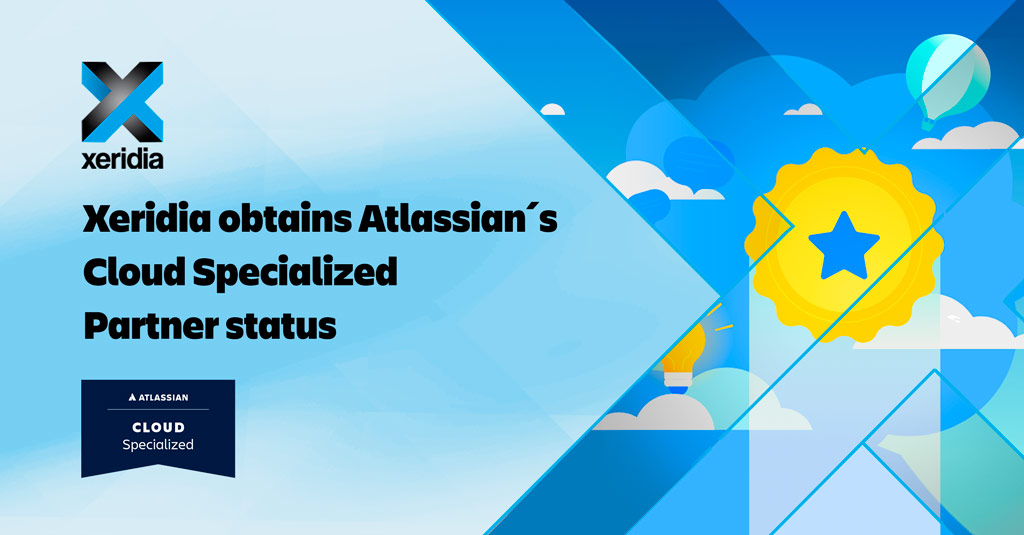
Many of Atlassian’s products are offered not only in Server (On Premise) and Cloud (provided by Atlassian) deployment options but also in a Data Center version. This last deployment model was, until recently, relatively unknown to users of Atlassian products. However, in the wake of Atlassian’s recent price increase, many customers have approached Xeridia to ask what it actually is and what differentiating features it offers compared to the other options.
In this post, we will try to clear up some of these questions.
It is worth saying from the outset that, based on our experience with Atlassian products, there is no single answer to the question of whether Data Center is right for a particular organisation. It depends on each customer’s business and the impact Atlassian products have on that business.
What exactly is Atlassian Data Center?
From a functional perspective, the Data Center versions of JIRA, Confluence, JIRA Service Management and other Atlassian products provide the same features as the Server versions. There may be compatibility issues with some existing plugins in the Atlassian Marketplace because they have not yet been adapted for the Data Center option. That said, there has of course been a real revolution in the Atlassian ecosystem over the last month to adapt to the trend the manufacturer is trying to set.
Technically, the difference is that the products are installed and run on more than one node and use distributed storage. This new architecture requires that any ad hoc developments or customisations to the products be reviewed and adapted to the new technological architecture.
From a financial perspective, after analysing the new pricing strategy, it seems that undertaking this change may prove worthwhile in certain scenarios (in terms of volumes and products) and may protect against future price increases from Atlassian.
The Data Center option works on an annual subscription model, with a single cost regardless of the number of nodes available in the installation. In addition, there are a range of discounts available for migrating licences with active maintenance to Data Center. The difference between Server and Data Center licences is that Data Center licences are not perpetual.
Another aspect to consider is the incremental cost for the customer of having more than one node available in this environment.
What are the advantages of Atlassian Data Center?
In a nutshell, the main advantages of Atlassian Data Center are:
- Service availability
Creating an active-active cluster environment improves service availability as, if one of the servers hosting our Atlassian product fails for whatever reason, the other nodes start running automatically, providing continuity of operations. - Performance
Provides better performance. It is worth keeping in mind that, over time, in both small and large companies, the amount of data grows, the number of concurrent users increases, etc. This causes application performance degradation. - Scalability
Business growth often requires us to increase IT infrastructure capacity so that the Systems team can expand and scale up their nodes without the need for scheduled downtime. - Updates without interrupting service
Version updates will no longer be a nightmare overnight or at weekends. Given the frequent updates to JIRA, Confluence and other Atlassian tools, this is particularly appealing. Systems staff can remove each node from the cluster one by one and apply the updates while the node is isolated from the cluster. Once this process is complete, connection to the shared database is restored.
Should my organisation migrate to Atlassian Data Center?
The decision to migrate should be justified and supported by data that allows us to make the decision with full confidence:
- Can I afford to have Atlassian tools out of service because of unexpected failures?
- What is the hourly cost of having the IT department “down” because of such service outages?
- How is the business growing? How is my IT infrastructure doing in terms of capacity? Will I have to upgrade my server?
- How much unexpected downtime do I experience? How much does it cost me to recover from this?
- How many times a year do I update the product, and how much time and money is needed to do this?
By answering these questions, IT managers and CIOs will almost certainly have a much better idea of whether they need to invest in switching to Data Center.
In addition to considering the financial aspect, an assessment must be made as to whether the advantages described above are enough to justify the investment required to support this change.
In conclusion, and as explained in the post, there are many factors to assess before embarking on this migration. Xeridia would therefore be delighted to support each of our customers, both in the transparent decision-making process and in leading the change.
At Xeridia, we can help you choose the optimal licensing model for your business. Simply contact us without obligation for any queries you may have about the Atlassian product portfolio.
Jorge Viñuela is Head of Innovation at Xeridia





